Schools of Anthias are one of the most vibrant sights on a coral reef and are highly desired in the marine aquarium....
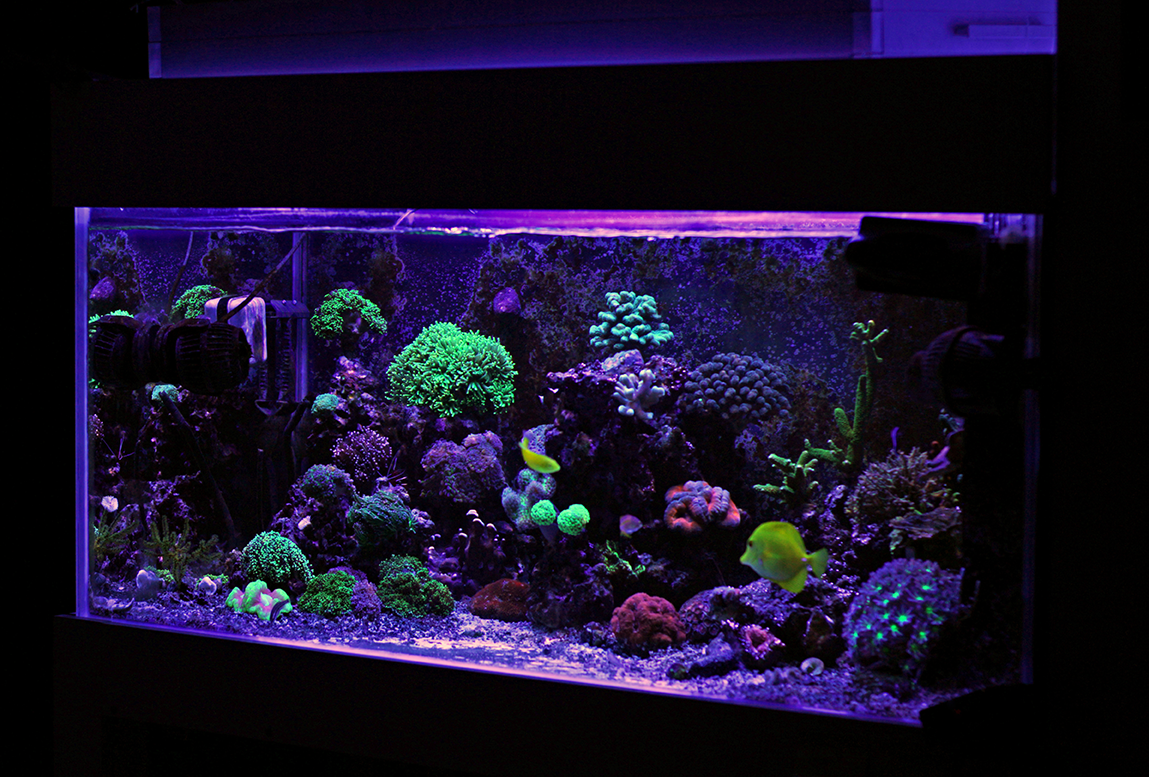
The Role of pH and Water Quality in Fish Health
The Importance of pH in Maintaining Fish Health
In the intricate world of fishkeeping, the pH level of the water is a critical factor that can make or break the health and well-being of your aquatic companions. pH, which stands for "potential of hydrogen," is a measure of the acidity or alkalinity of a solution, and it plays a pivotal role in the delicate balance of the aquatic ecosystem.
The pH scale ranges from 0 to 14, with 7 being neutral. Values below 7 are considered acidic, while values above 7 are alkaline or basic. Fish, like all living organisms, have specific pH requirements that must be met for them to thrive. When the pH level in the aquarium deviates from the optimal range, it can lead to a host of problems for the fish, including stress, disease, and even death.
Maintaining the correct pH is essential for several reasons. Firstly, pH affects the solubility and availability of various nutrients and minerals in the water, which are critical for the fish's metabolism and overall health. If the pH is too low or too high, it can disrupt the fish's ability to absorb these essential nutrients, leading to nutritional deficiencies and other health issues.
Additionally, pH can impact the toxicity of certain substances in the water, such as ammonia and nitrites. These compounds can be highly toxic to fish, and their effects are exacerbated by extreme pH levels. For instance, at a higher pH, ammonia becomes more readily available in its toxic form, causing severe stress and even death in fish.
Furthermore, pH can affect the fish's immune system and the overall balance of their internal environment. When the pH is outside the optimal range, it can weaken the fish's defenses, making them more susceptible to diseases and infections. Conversely, maintaining the appropriate pH can help strengthen the fish's immune system and improve their ability to fight off pathogens.
Factors Affecting Water pH Levels
The pH of an aquarium or pond can be influenced by a variety of factors, both natural and artificial. Understanding these factors is crucial for effectively managing the pH levels in your fish's environment.
One of the primary factors that can affect pH is the water source itself. Depending on the geographical location and the mineral content of the water, the natural pH can vary significantly. For example, water from a well or a spring may have a higher pH due to the presence of dissolved minerals, while water from a river or a lake may be more acidic due to the decomposition of organic matter.
Another factor that can influence pH is the type of substrate used in the aquarium or pond. Certain substrates, such as limestone or coral, can release minerals that increase the pH, while others, like peat moss or driftwood, can contribute to a more acidic environment.
The presence of plants in the aquarium can also play a role in pH fluctuations. During the day, plants engage in photosynthesis, which can temporarily increase the pH levels as they consume carbon dioxide. At night, when plants respire, they release carbon dioxide, which can lower the pH.
The addition of chemicals and water conditioners can also have a significant impact on the pH. Many water conditioners are designed to adjust the pH, either by raising or lowering it, depending on the specific needs of the fish species in the aquarium.
Furthermore, the type and amount of fish waste, as well as the accumulation of organic matter, can contribute to pH changes over time. As these organic compounds break down, they can release acids that lower the pH.
Understanding these factors and how they interact with one another is crucial for maintaining a stable and optimal pH in your fish's environment. By being aware of the potential sources of pH fluctuations, you can proactively address any issues and ensure that your fish thrive in a well-balanced aquatic ecosystem.
Understanding the Ideal pH Range for Different Fish Species
One of the most critical aspects of maintaining fish health is understanding the ideal pH range for the specific species you are keeping. Different fish have evolved to thrive in various aquatic environments, each with its own unique pH requirements.
For example, freshwater tropical fish, such as guppies, tetras, and mollies, generally prefer a pH range between 6.5 and 7.5. This range mimics the conditions found in their natural habitats, where the water is slightly acidic due to the presence of decomposing organic matter.
On the other hand, African cichlids, which are native to the rift lakes of Africa, prefer a more alkaline environment with a pH range between 7.5 and 8.5. This higher pH level is essential for their growth and development, as well as for maintaining the proper balance of minerals in their bodies.
Saltwater fish, such as clownfish, damselfish, and coral reef inhabitants, typically require a pH range between 8.0 and 8.4. This higher pH level is necessary to support the delicate balance of the marine ecosystem, which is heavily influenced by the presence of calcium and other minerals.
It's important to note that these are general guidelines, and individual fish may have slightly different pH preferences based on their specific adaptations and the conditions in their natural habitats. Additionally, sudden changes in pH can be stressful for fish, even if the new pH level falls within the ideal range for that species.
When introducing new fish to an established aquarium or pond, it's crucial to acclimate them slowly to the existing pH conditions to minimize the risk of stress and potential health issues. This can be achieved by gradually mixing the new water with the existing water over the course of several hours or even days, depending on the magnitude of the pH difference.
By understanding the ideal pH range for your fish species and taking the necessary steps to maintain it, you can create a thriving and healthy aquatic environment that supports the long-term well-being of your aquatic companions.
Testing Water pH Levels in Your Fish Tank
Regularly testing the pH levels in your fish tank or pond is a crucial step in maintaining optimal water quality and ensuring the health of your aquatic inhabitants. Fortunately, there are several reliable methods available to help you monitor the pH of your aquatic environment.
One of the most common and accessible methods is the use of pH test kits. These kits typically come with color-coded pH strips or liquid reagents that you can use to determine the pH level of your water. Simply follow the instructions provided with the kit, dip the test strip or add the reagent to a water sample, and compare the resulting color to the provided pH scale.
While pH test kits are a convenient option, they may not always provide the most accurate results, especially in heavily planted or heavily stocked aquariums. In such cases, you may want to consider using a digital pH meter, which offers more precise and reliable readings.
Digital pH meters work by using a sensitive electrode that is immersed in the water sample. The meter then displays the exact pH value, often with the ability to provide additional information, such as temperature and calibration data. These devices are generally more expensive than test kits, but they offer a higher level of accuracy and consistency in your pH measurements.
Whichever method you choose, it's essential to follow the manufacturer's instructions carefully and ensure that the test equipment is properly calibrated. This will help you obtain accurate and reliable pH readings, allowing you to make informed decisions about the necessary adjustments to maintain the ideal pH levels for your fish.
It's a good practice to test your water's pH regularly, such as once a week or whenever you notice any changes in your fish's behavior or appearance. By closely monitoring the pH levels, you can quickly identify and address any fluctuations or imbalances, preventing potential health issues and ensuring the long-term well-being of your aquatic pets.
Adjusting pH Levels in Your Fish Tank
Once you have determined the current pH level in your fish tank or pond, the next step is to consider any necessary adjustments to maintain the optimal pH range for your aquatic inhabitants. Depending on the specific needs of your fish species and the underlying factors affecting the pH, there are several methods you can employ to adjust the pH levels.
If the pH in your aquarium is too low, indicating an acidic environment, you can use various pH-raising products to increase the alkalinity. One common solution is to add crushed coral or aragonite to the substrate, as these materials slowly dissolve and release minerals that raise the pH over time.
Alternatively, you can use commercially available pH buffers or alkaline additives specifically formulated for aquarium use. These products are designed to gradually and steadily increase the pH, helping to create a more stable and suitable environment for your fish.
On the other hand, if the pH in your aquarium is too high, indicating an alkaline environment, you can use pH-lowering products to reduce the pH levels. Common methods include adding peat moss, driftwood, or commercially available pH-reducing agents to the water.
It's important to note that when making pH adjustments, it's crucial to do so gradually and carefully. Sudden or drastic changes in pH can be extremely stressful and even fatal for fish. Instead, aim to make small, incremental changes over the course of several days or even weeks, allowing the fish to acclimate to the new conditions.
Additionally, it's essential to monitor the pH levels closely after any adjustments and be prepared to make further modifications if necessary. The goal is to establish a stable and consistent pH range that meets the specific needs of your fish species.
In some cases, maintaining the ideal pH may require ongoing management, such as regularly adding pH-adjusting products or performing partial water changes. By being proactive and responsive to changes in your aquarium's pH, you can create a thriving and healthy environment for your aquatic companions.
Water Quality and Its Impact on Fish Health
While pH is a critical factor in maintaining fish health, it is just one component of the overall water quality in your aquarium or pond. Factors such as temperature, oxygen levels, and the presence of harmful compounds like ammonia and nitrites can also have a significant impact on the well-being of your aquatic pets.
Temperature is a crucial aspect of water quality, as fish are ectothermic, meaning their body temperature is largely determined by the surrounding environment. Each fish species has an optimal temperature range, and deviations from this range can lead to stress, reduced appetite, and even death.
Oxygen levels in the water are also essential for fish health. Fish require dissolved oxygen to breathe and support their metabolic processes. Insufficient oxygen can cause respiratory distress, slow growth, and increased susceptibility to diseases.
Another critical water quality parameter is the presence of ammonia and nitrites, which are byproducts of the nitrogen cycle in the aquarium. Ammonia and nitrites are highly toxic to fish, and their accumulation can lead to gill damage, organ failure, and even death.
To maintain optimal water quality, it's essential to regularly monitor and address any issues that may arise. This can include performing partial water changes, using appropriate filtration systems, and ensuring adequate water circulation and aeration.
In addition to these physical and chemical factors, the overall cleanliness and maintenance of the aquarium or pond can also impact water quality. Neglecting to clean the substrate, remove uneaten food, and perform routine maintenance can lead to the buildup of organic matter, which can further contribute to water quality problems.
By understanding the various aspects of water quality and taking proactive steps to maintain a balanced and stable environment, you can create a thriving and healthy ecosystem for your fish. This, in turn, will help ensure the long-term well-being and longevity of your aquatic companions.
Common Water Quality Issues and How to Manage Them
In the world of fishkeeping, various water quality issues can arise, each with its own set of challenges and solutions. By being aware of these common problems and knowing how to address them, you can effe

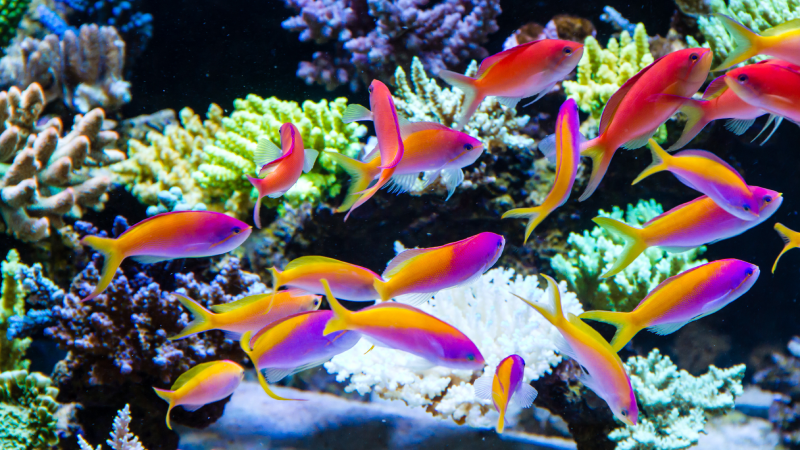
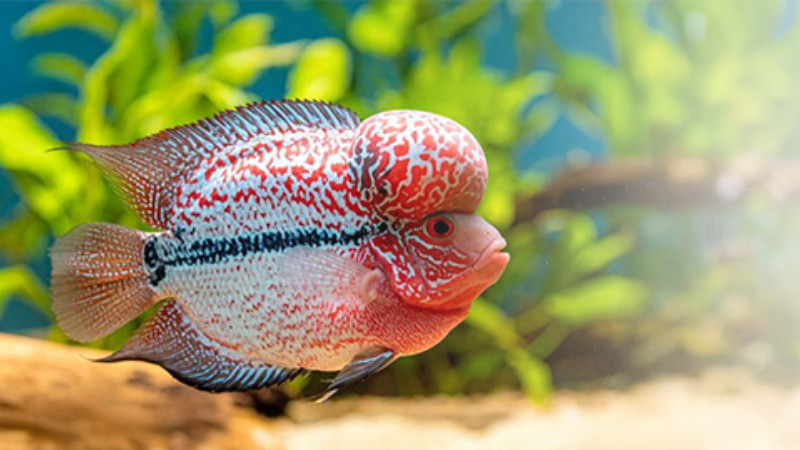
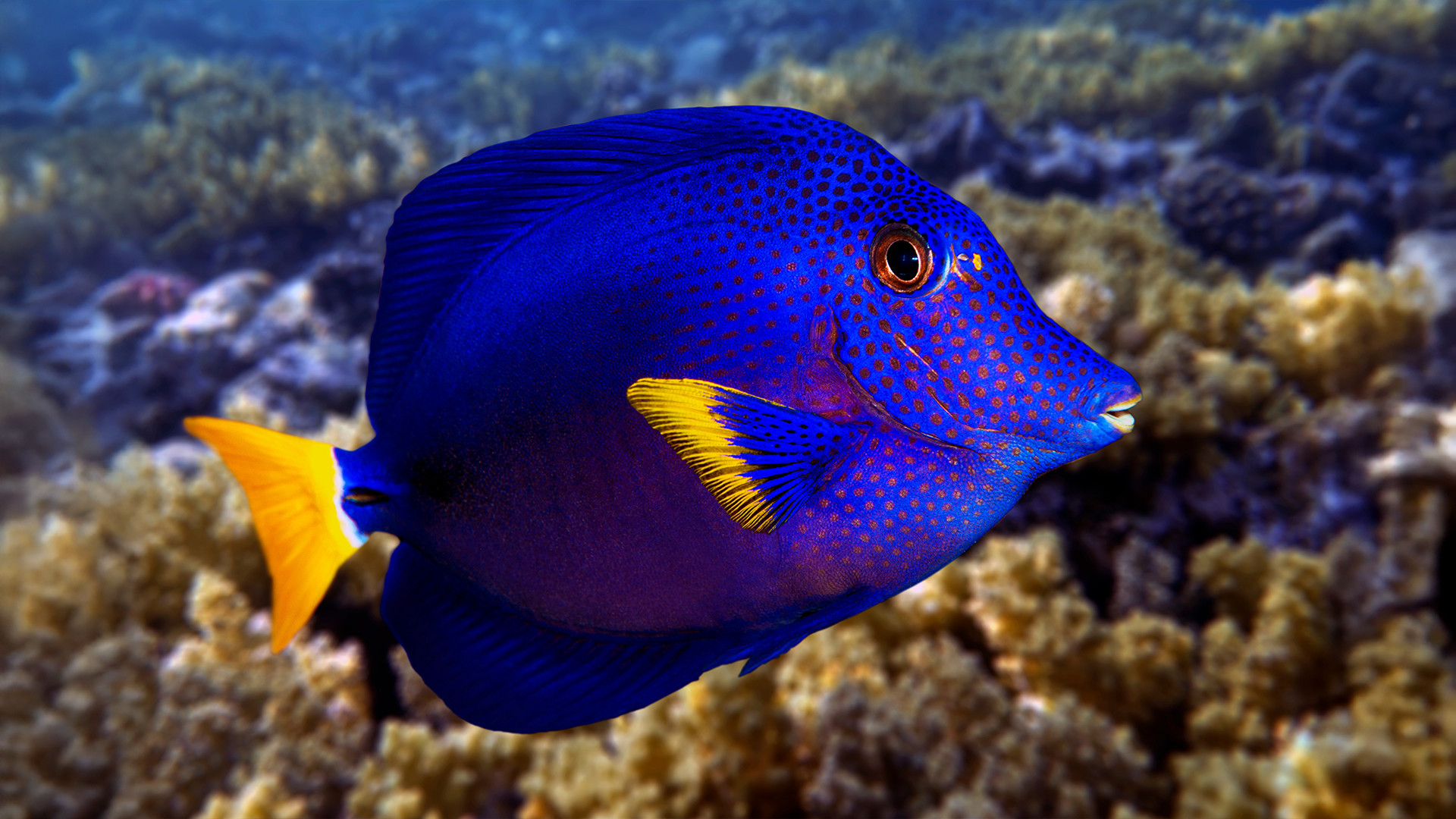


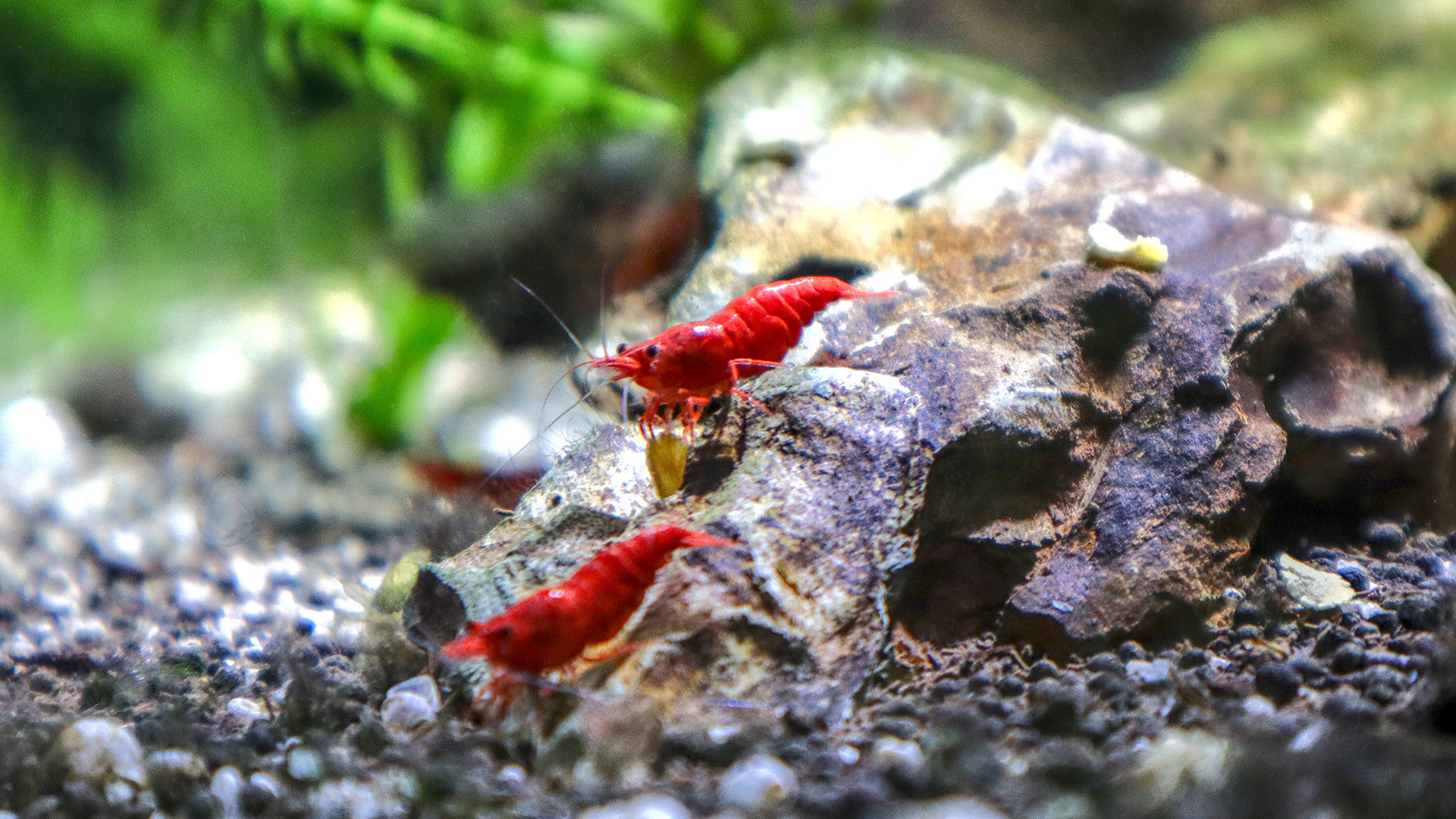
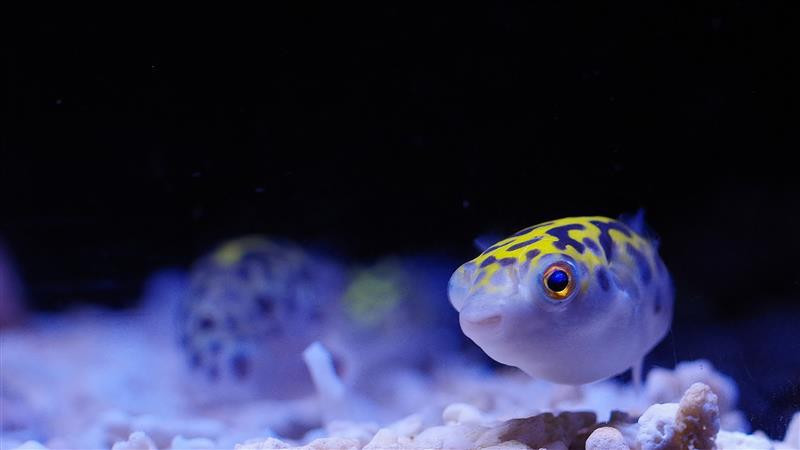
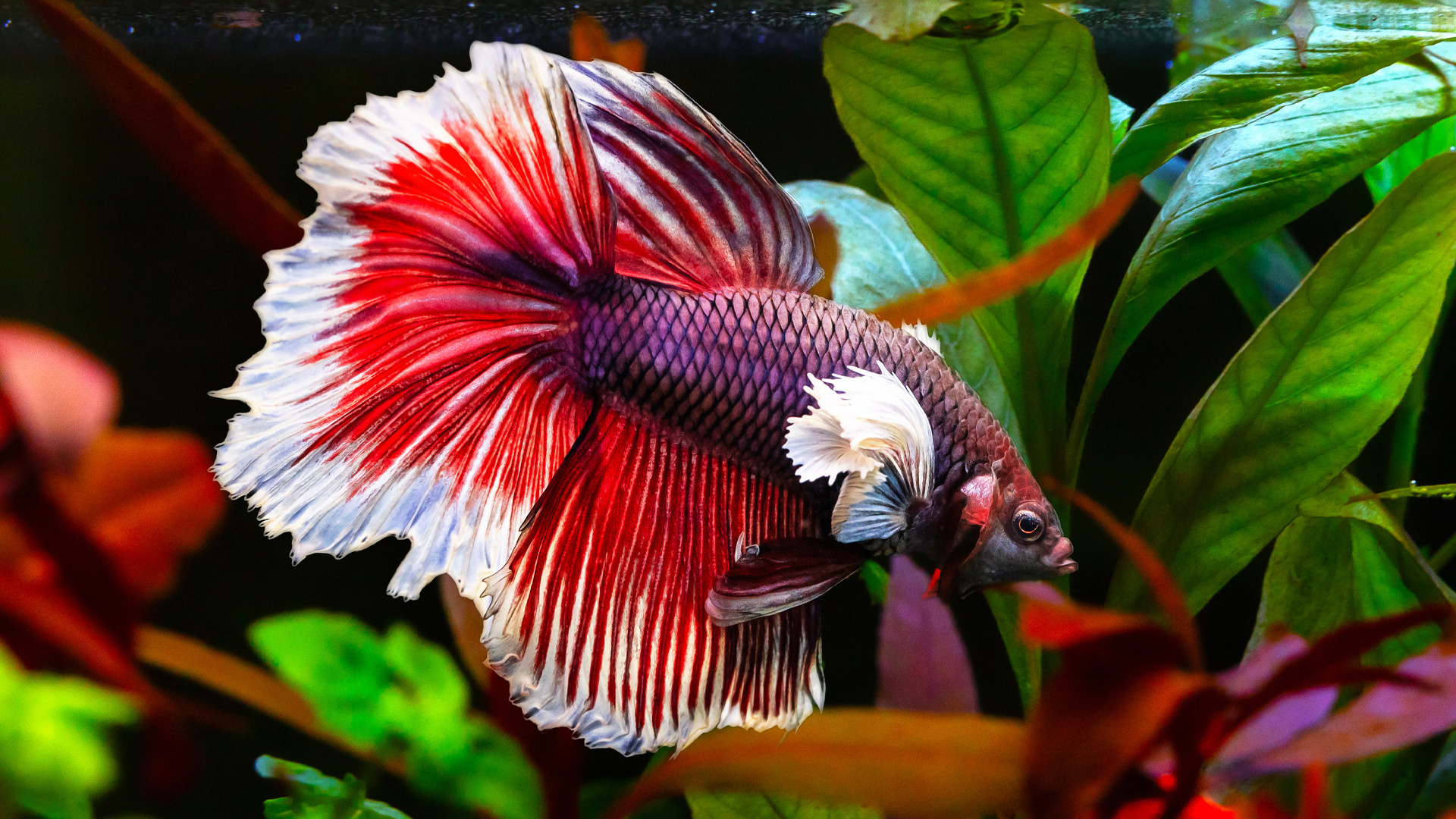
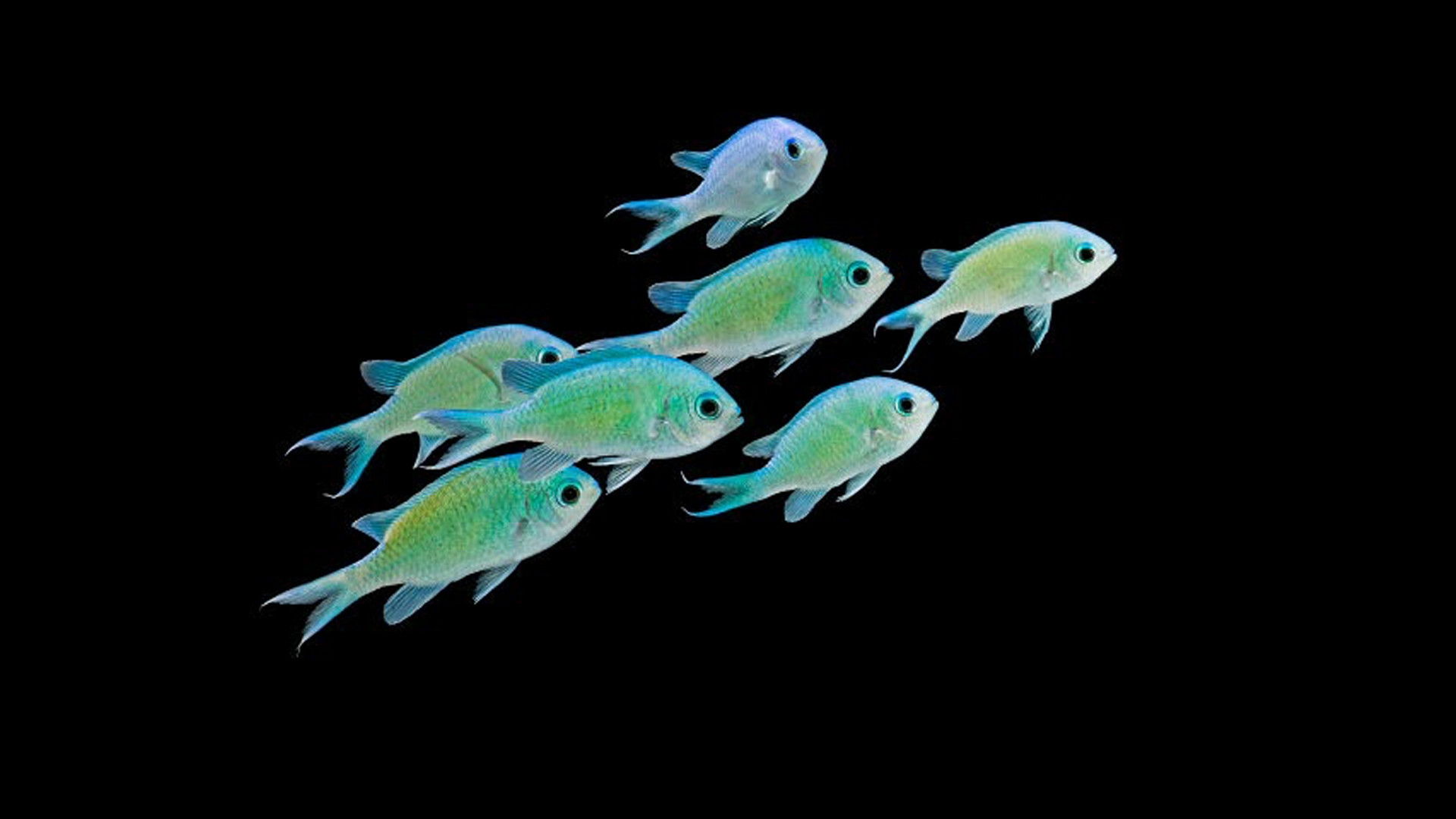
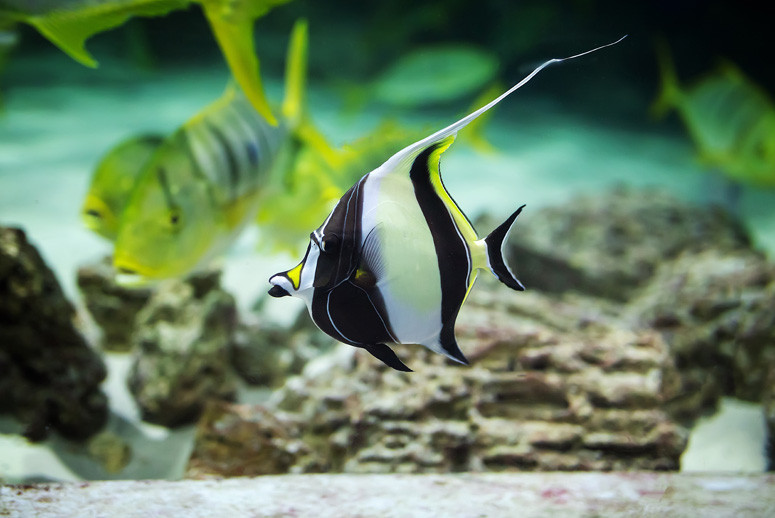
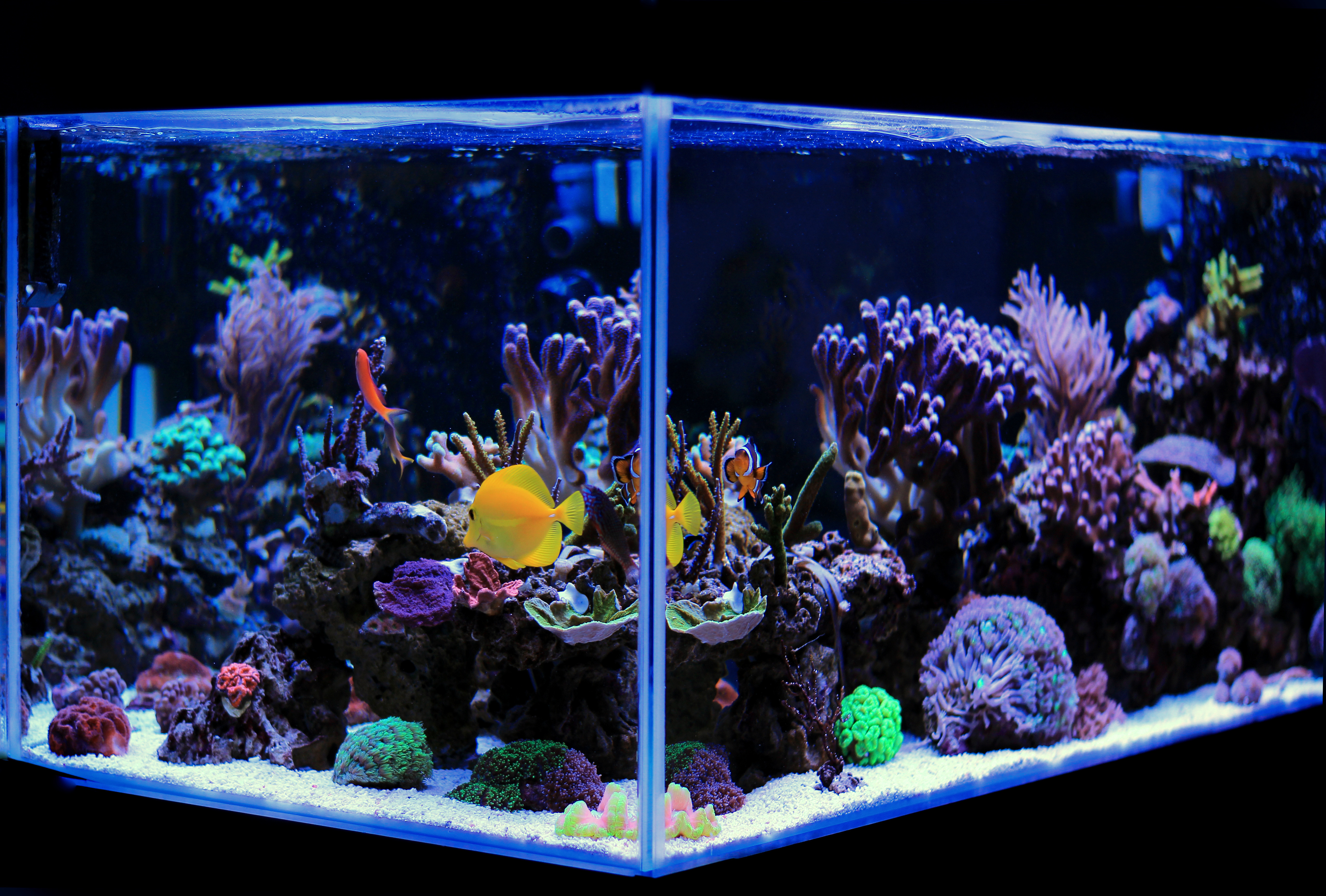
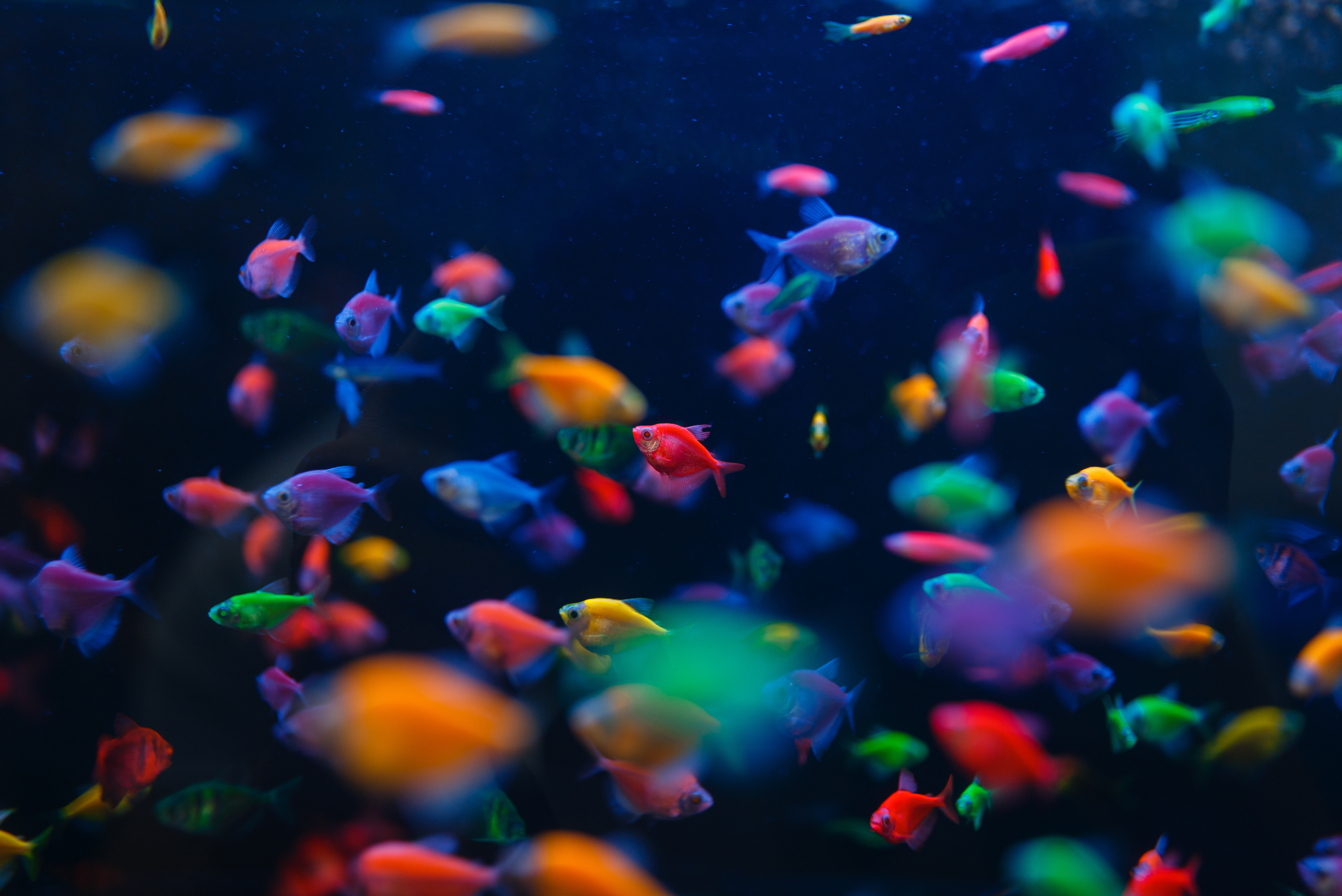
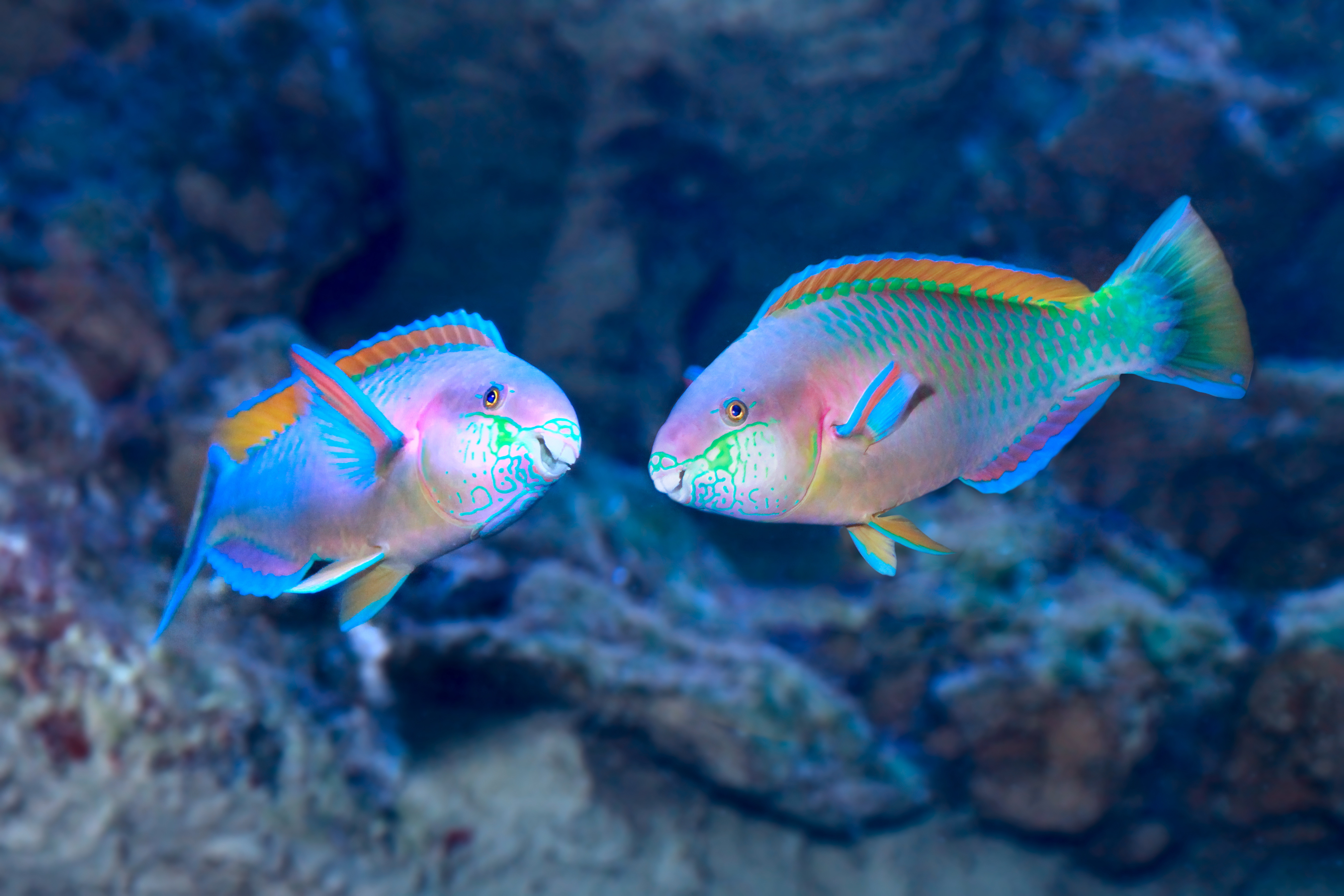
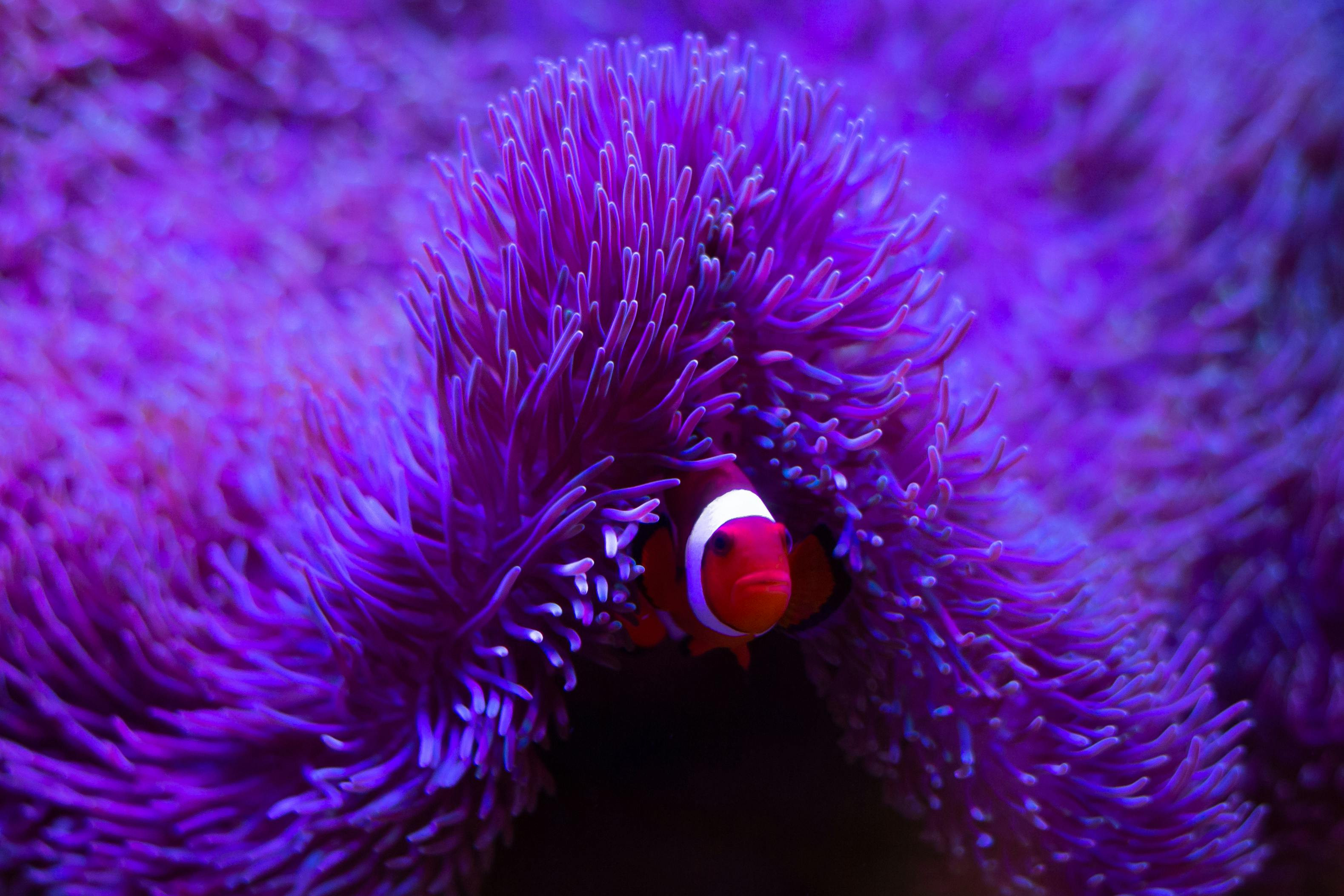
Leave a comment